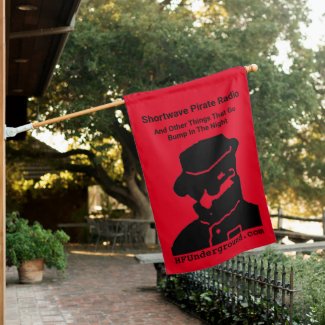200
« on: July 24, 2015, 0019 UTC »
All,
The last V24 transmission I received was on June 16, 2015. I have continued to search and record spectrum, in the hopes V24 is only taking a little rest or has changed all of its frequencies at once, but it is beginning to look like V24 has gone the way of its sibling, M94, back in November of 2013.
For reference, V24 has missed days, even a week or two, of operation in the past. It has also changed frequencies before. However, it has never missed 5+ weeks or changed all of its frequencies at one time, so I suspect V24 is inactive for some reason. Will it come back remains to be seen.
It might be worth noting, there had been some recent audio and transmission anomalies. Cross talk heard in the audio had become more common, both jammer audio and Echo of Hope audio in the background of V24 had been a regular feature before my last reception. Some signal amplitude steps and changes were hard to blame on propagation. So I suppose it is possible they are revamping the systems, or have / are moving to new facilities. Time will tell.
V24 Logs for June, 2015:
V24, 5715 kHz, 1330z, June 05 2015, Token, Fri
V24, 6310 kHz, 1430z, June 05 2015, Token, Fri
V24, 6215 kHz, 1330z, June 06 2015, Token, Sat
V24, 6310 kHz, 1430z, June 06 2015, Token, Sat
V24, 4900 kHz, 1500z, June 08 2015, Token, Mon
V24, 4900 kHz, 1500z, June 09 2015, Token, Tue
V24, 5715 kHz, 1330z, June 10 2015, Token, Wed
V24, 6215 kHz, 1330z, June 11 2015, Token, Thur
V24, 4900 kHz, 1500z, June 11 2015, Token, Thur
V24, 5715 kHz, 1330z, June 15 2015, Token, Mon
V24, 6310 kHz, 1430z, June 15 2015, Token, Mon
V24, 6215 kHz, 1330z, June 16 2015, Token, Tue
V24, 6310 kHz, 1430z, June 16 2015, Token, Tue
Nothing heard after June 16, 2015.
T!


